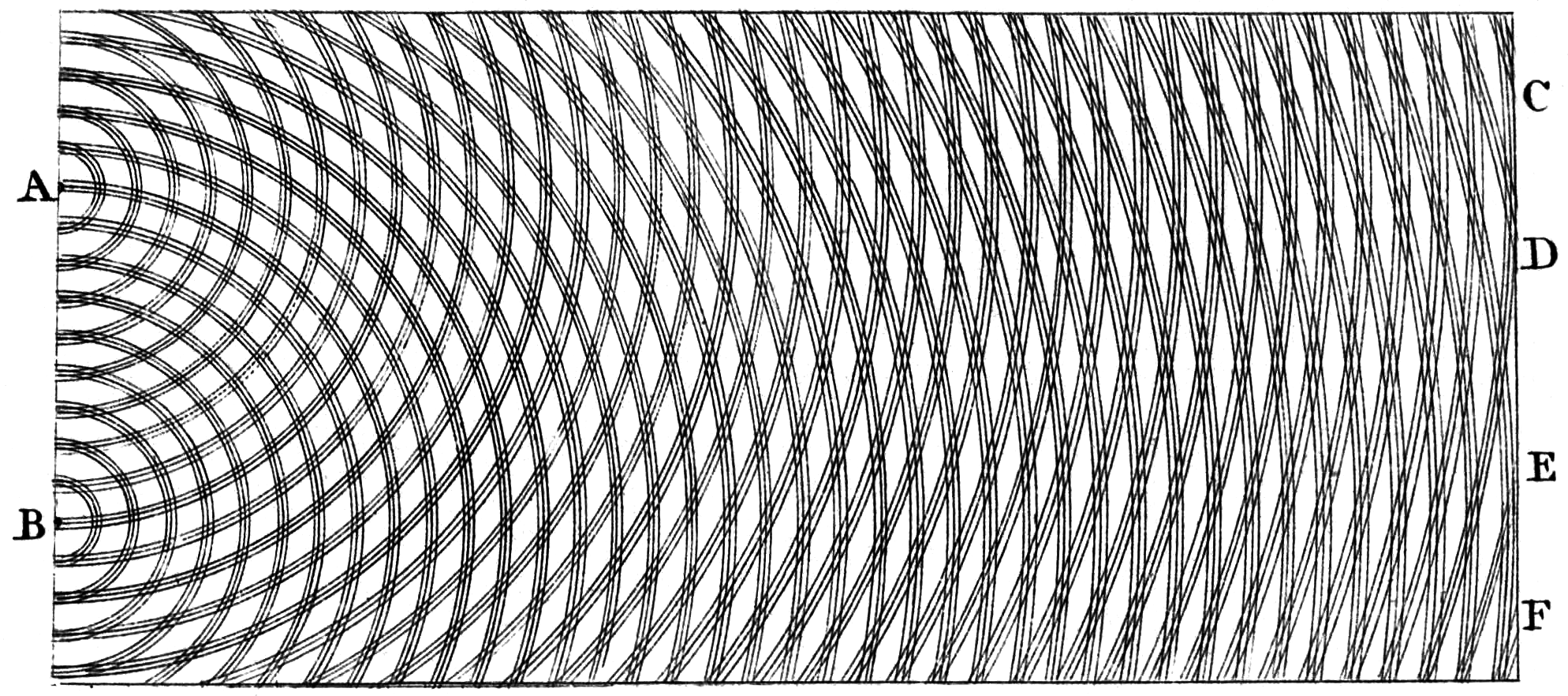Pancakes used to be a Saturday morning tradition on our household. Freshly made from scratch, I had perfected my art. If I was feeling really fancy, I'd serve it with the maple syrup warmed up in a little pitcher like my mom used to do (when we were really little, she gave it to us in this little itty pitcher that held maybe a tablespoon; it let us feel decadent and grown up, without wasting anything. Brilliant woman).
Recent events kind of put the kibosh on this tradition. I'd make them just for my husband sometimes, but it wasn't the same. I wanted to salvage it, with a pancake I could eat and one my husband would eat.
I should say a little something about my husband I feel. He is very much a meat-and-potatoes man. A red-blooded American man circa 1940. He likes meat. He likes white bread and pasta. He does not like vegetables. He does not like whole grains. He could probably live on pizza, hamburgers, pretzels and the occasional pie. That being said, he has been a real trooper through this whole experience. He has gamely tried to help me eat some of my more horrific experiments (the unsweetened carrot spice cake, the rye lemon cookies), has cheered me when something comes out tasting 'normal' and has meekly submitted to an increase in beans and vegetables on his dinner table. He doesn't complain hardly at all about the 'hippie' food, but when he actually says "That was good", I know I've hit on something.
These pancakes are one of those 'somethings'. They have the right texture, and the oatiness is way in the background. They are slightly more delicate to flip than normal pancakes, but otherwise act like pancakes should, and taste darn close.
Start with about 3/4 cup of fine oat flour, 1/4 cup almond flour, and 1 tablespoon baking powder. Mix well or sift together.
Beat together 2 eggs, 2 teaspoons of vanilla (or half that amount of your flavoring of choice), a tablespoon of honey or maple syrup and enough milk to bring it to a full cup (just how much will depend on the size of your eggs).
Pour this into your dry ingredients, and beat. Unlike wheat flour, which contains gluten, oats contain no gluten (unless contaminated at the mill), and the proteins it does contain take a lot more coaxing to hold things together. Once it is smooth (at least a minute or two of beating), it should have the consistency of a crepe or swedish pancake batter.
Now, let this sit. In 10 minutes its a good consistency for my kind of pancake, wait more like 20 minutes for cake-ier pancakes. Go make your coffee. Drink your first cup of coffee. If you are using a cast iron pan, put it on the burner to get hot. Then the batter should be perfect.
Melt some butter or oil in your pan of choice (mine is a small non-stick). And yes, that is butter. Yes, it really is that yellow, thanks to beta-carotene in the milk of grass-fed cows. Now I know what color Mrs. Blandings wanted her
dining room.
Pour in your desired amount of batter. A quarter cup gave me a four inch diameter pancake, which was about perfect.
Cook until it starts to bubble in the middle. This batter cooks a lot faster than normal pancakes, which makes up for early wait time, but it means you can't walk away while its cooking.
Flip, carefully since its slightly more fragile, and cook until the second side is brown, about 30 seconds.
Interestingly, these pancakes tended to get a deeper brown, without burning. This was the point that I eventually settled on as my favorite.
The flavor is not very different from normal pancakes. A very, very faint oatiness if you know its there, and an aftertaste of vanilla (I like my pancakes vanilla-y, but that's a personal preference). My husband declared them 'good', which is roughly equivalent to a 4 star review for him, and as I said before, he does not like 'healthy' tasting food.
The quantities listed above yielded 7-8 pancakes, which was enough for 2 breakfasters plus one left over for a mid morning snack. You can always double the quantities as needed. Serve however you like your pancakes. Enjoy!
~PhysicsGal
Oatmeal Pancakes
(Serves 2-3)
3/4 cup fine oat flour
1/4 cup fine almond flour
1 Tbsp baking powder
2 eggs
2 tsp vanilla
1 Tbsp honey or maple syrup
Milk to bring total wet ingredients to 1 cup
Mix dry ingredients to thoroughly combine. Beat together wet ingredients, then pour into dry. Beat until smooth and slightly thickened, 1-2 minutes. Let sit 10-20 minutes, depending on desired consistency. Cook with a little butter or oil in a cast iron or non-stick frying pan on medium high heat, turning when bubbles form in the middle. Serve with butter, maple syrup, sliced fruit, or just plain plain.






















